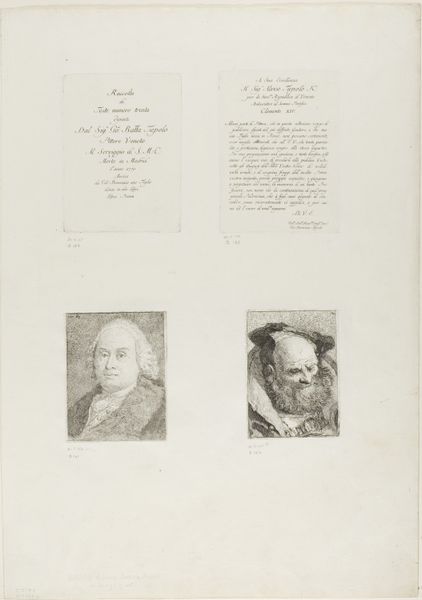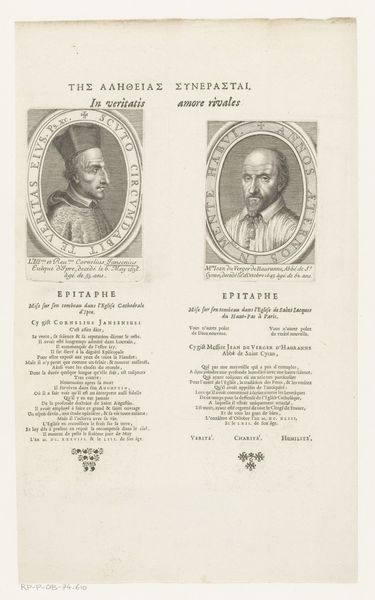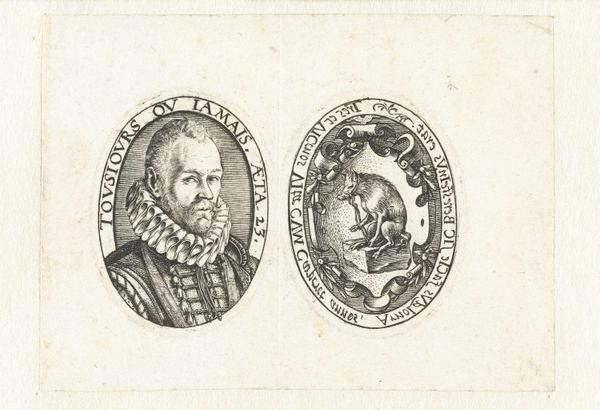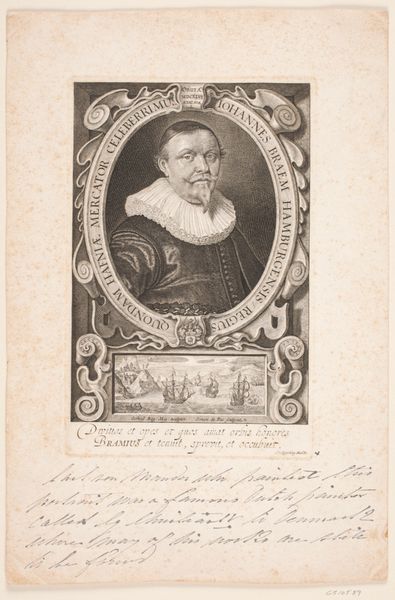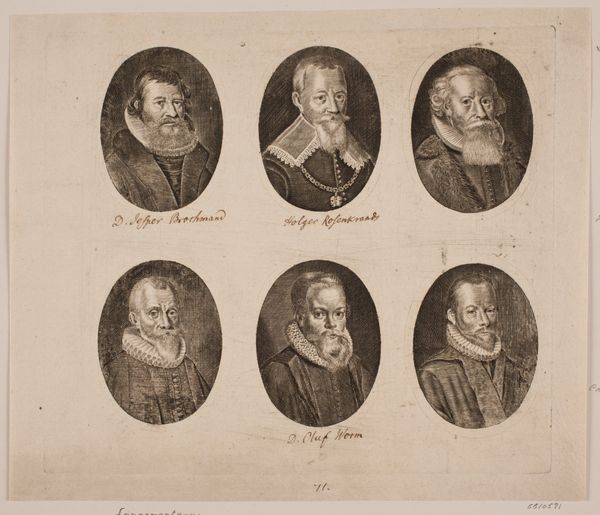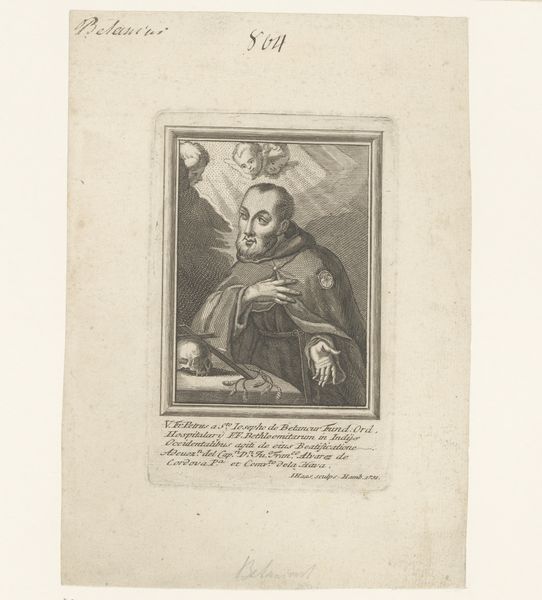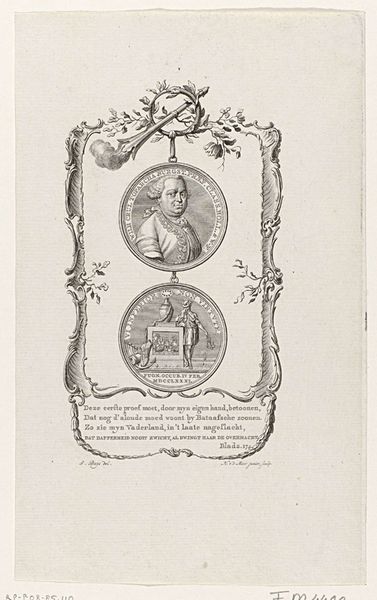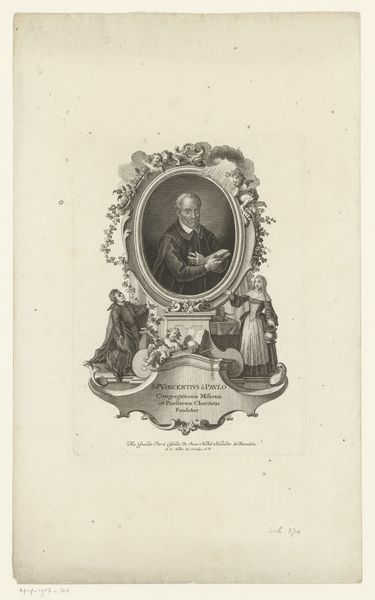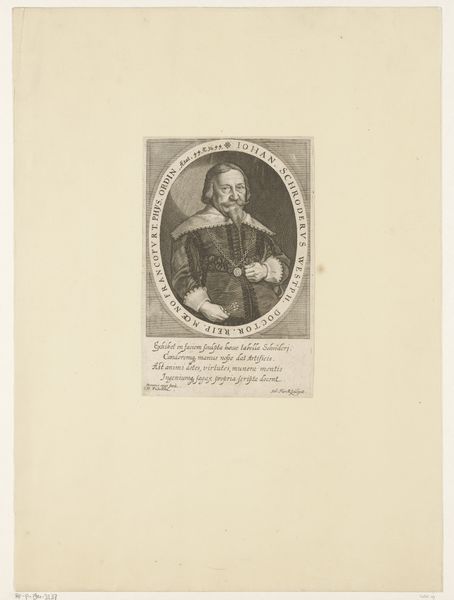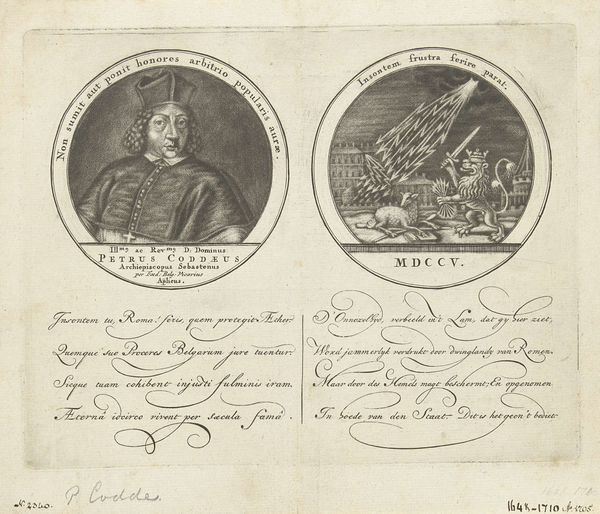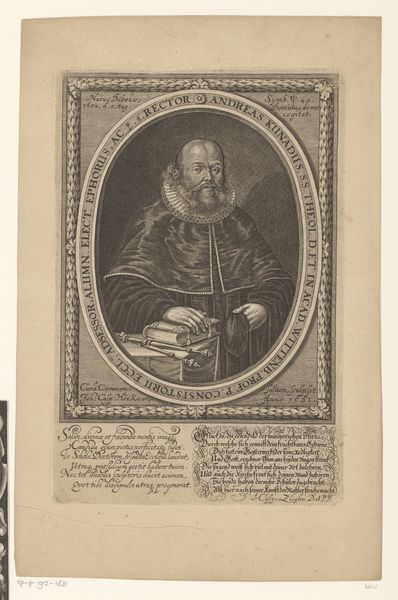
print, paper, engraving
#
portrait
#
baroque
#
dutch-golden-age
# print
#
paper
#
engraving
Dimensions: height 97 mm, width 72 mm, height 375 mm, width 278 mm
Copyright: Rijks Museum: Open Domain
Curator: Here we have a print from somewhere between 1657 and 1707, entitled “Portret van Rombout Hogerbeets,” attributed to Hendrik Bary, and currently residing in the Rijksmuseum. It's an engraving on paper. What catches your eye? Editor: Well, right away, there's a stark formality. Very… official-looking. The detail is impressive for a print, though it still feels removed. Almost like looking at someone through several layers of history. And the frilled collars… those collars are HUGE. Curator: Indeed, the ruff is rather distinctive of the period. Beyond the aesthetic, though, portraits like this functioned as status symbols. Consider how this engraving, made in multiple copies, disseminated an image of Hogerbeets to a wider public, reinforcing his importance. Editor: A public image carefully curated, then. Does knowing the sitter changes the piece for you? Hogerbeets had something to do with the law, didn't he? It adds another layer - the power, the office… like the artist captured his public persona, instead of who he might have been behind closed doors. I almost wonder how he would look casually sipping tea. Curator: That's insightful. Knowing Hogerbeets's role – as a prominent jurist – is crucial. These aren’t candid shots; they’re deliberate constructions reflecting societal values and the sitter’s position within that society. Engravings further amplified their reach, becoming crucial tools of image making and legacy construction. Editor: Right, we need to consider that "officialness", don't we. Perhaps a little… intimidating. What’s intriguing is the sheer endurance of these printed portraits. They offer tangible access to moments centuries ago, don't you agree? It feels kind of poignant. Curator: Precisely. Prints had a particular type of agency; creating a sense of timelessness by documenting likeness across periods. It helps connect with individuals over the years through this medium. Editor: Absolutely, there’s power in a portrait and, furthermore, access due to this print existing outside of any temporal moments. You get face-to-face access with powerful moments long passed. It's like holding a fragment of then within our now.
Comments
No comments
Be the first to comment and join the conversation on the ultimate creative platform.
